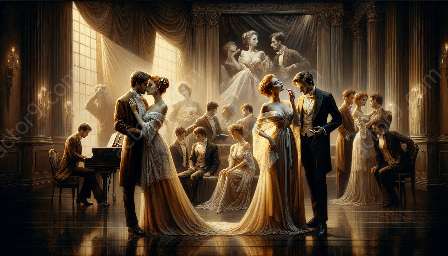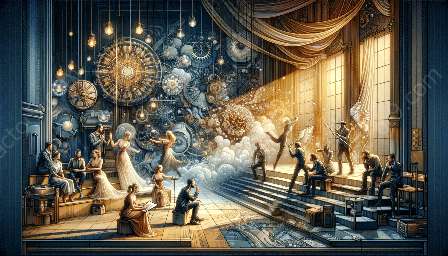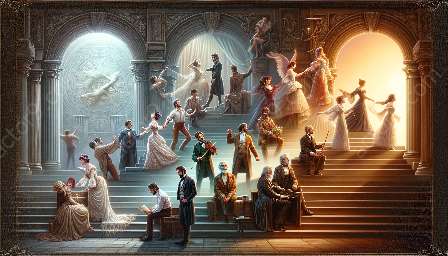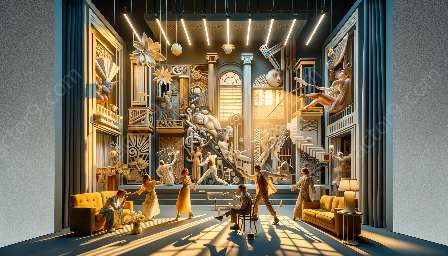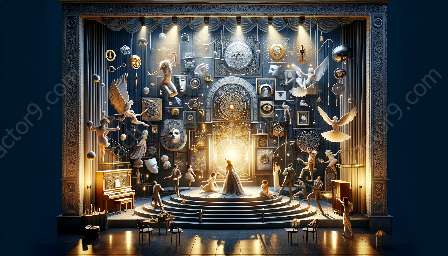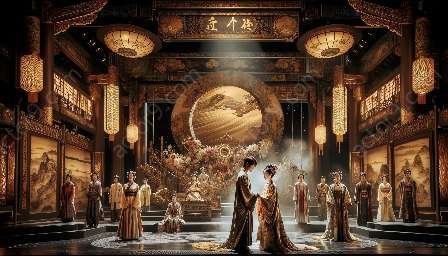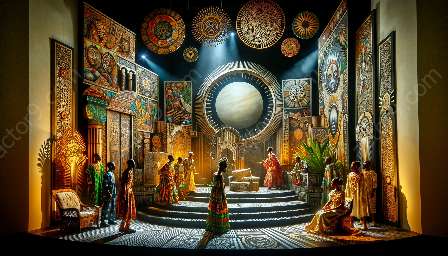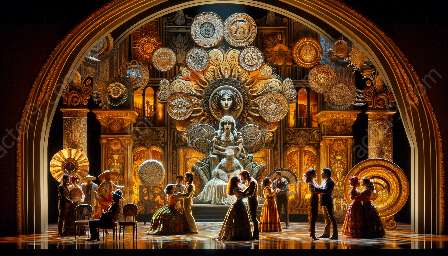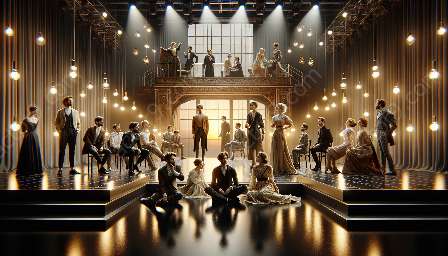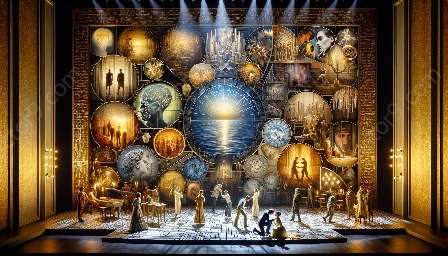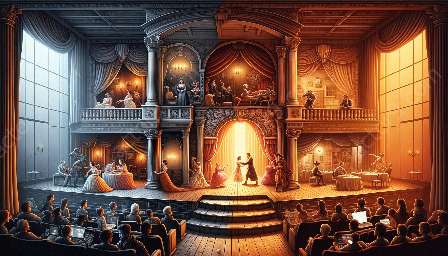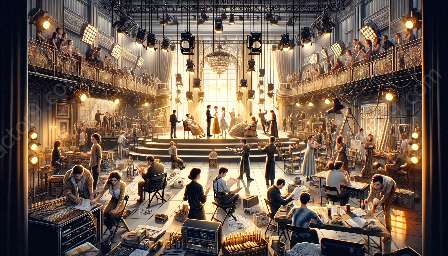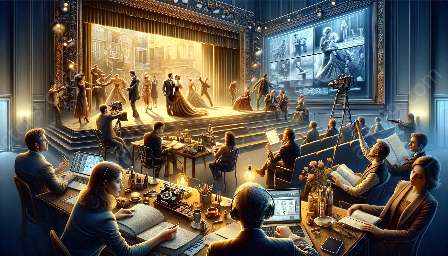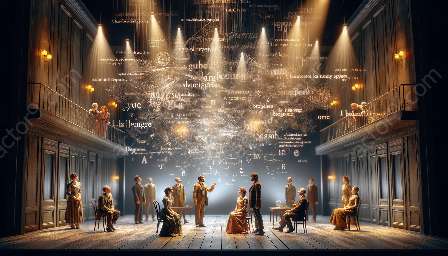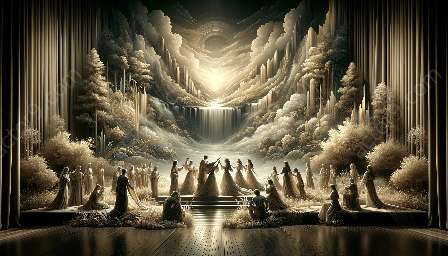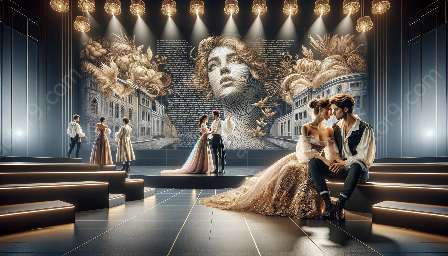Postmodern drama has challenged traditional notions of identity and representation, offering a fresh perspective on these complex themes. This article delves into how postmodern drama addresses these issues in light of its relationship with modern drama, exploring the impact of postmodernist theatre on the portrayal of identity and representation.
Understanding Postmodern Drama
Postmodernism, as a movement in the arts and culture, emerged in the mid-20th century, marking a significant departure from modernist conventions. In the context of drama, postmodern theatre embraces a fragmented, non-linear narrative structure and often blurs the boundaries between reality and illusion, challenging established notions of truth and representation.
Deconstructing Identity
Postmodern drama actively engages with the deconstruction of identity, rejecting essentialist and fixed understandings of the self. Characters in postmodernist plays are often presented as fluid and dynamic, reflecting the multiple and shifting facets of identity. This approach offers a critique of traditional portrayals of identity in modern drama, which tended to adhere to more rigid and static representations.
Challenging Representational Forms
In postmodern drama, the representation of reality is problematized, as the boundaries between fiction and reality become increasingly blurred. This challenge to representational forms is in stark contrast to the modernist quest for authenticity and truth in artistic expression. Postmodern drama often incorporates meta-theatrical elements, drawing attention to the artifice of representation and inviting the audience to question the nature of truth and reality.
Intertextuality and Pastiche
An essential characteristic of postmodern drama is its use of intertextuality and pastiche, combining and recontextualizing diverse cultural and literary references. This approach mirrors the postmodernist notion of a fragmented and interconnected world, where identity and representation are constructed through a multiplicity of influences. In contrast, modern drama tended to prioritize originality and coherence in its representation of identity and narrative.
Subversion and Empowerment
Postmodern drama often subverts dominant narratives and challenges hegemonic representations of identity, offering marginalized voices and perspectives a platform for expression. By dismantling traditional power structures and questioning established norms, postmodernist theatre aims to empower individuals to assert their own identities, free from the constraints of hegemonic representation. Modern drama, in contrast, often reinforced dominant cultural and societal norms through its representations of identity.
The Legacy of Postmodern Drama
The impact of postmodern drama on the portrayal of identity and representation continues to reverberate in contemporary theatre. Its influence can be seen in the dismantling of conventional narrative structures and the elevation of diverse and intersectional identities on stage. While modern drama laid the groundwork for explorations of identity and representation, postmodern drama has pushed the boundaries further, challenging audiences to reevaluate their understanding of these complex and multifaceted themes.

